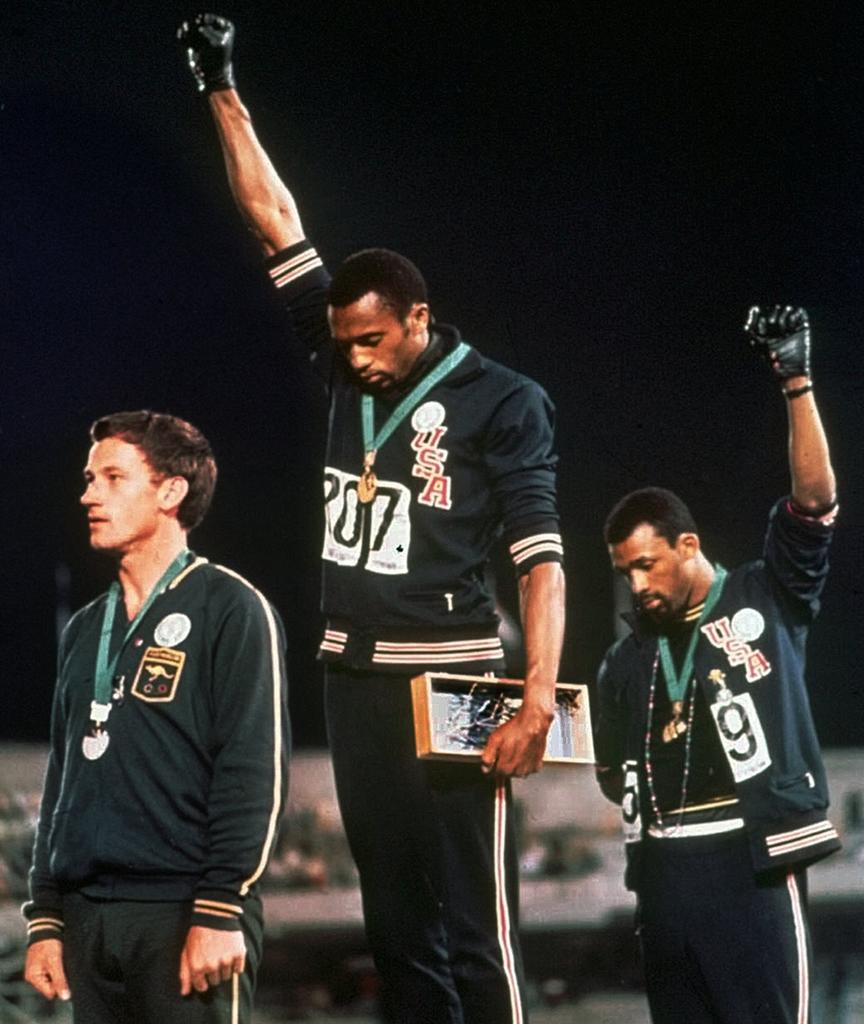The White Man in That Photo

The two Americans had asked Norman if he believed in human rights. Norman said he did. They asked him if he believed in God, and he, who had been in the Salvation Army, said he believed strongly in God. “We knew that what we were going to do was far greater than any athletic feat, and he said ‘I’ll stand with you’” – remembers John Carlos – “I expected to see fear in Norman’s eyes, but instead we saw love.”
Smith and Carlos had decided to get up on the stadium wearing the Olympic Project for Human Rights badge, a movement of athletes in support of the battle for equality.
They would receive their medals barefoot, representing the poverty facing people of color. They would wear the famous black gloves, a symbol of the Black Panthers’ cause. But before going up on the podium they realized they only had one pair of black gloves. “Take one each”, Norman suggested. Smith and Carlos took his advice.
But then Norman did something else. “I believe in what you believe. Do you have another one of those for me ?”
There happened to be a white American rower with them, Paul Hoffman, an activist with the Olympic Project for Human Rights. After hearing everything he thought “if a white Australian is going to ask me for an Olympic Project for Human Rights badge, then by God he would have one!” Hoffman didn’t hesitate: “I gave him the only one I had: mine”.
He was the greatest Australian sprinter in history and the holder of the 200 meter record, yet he wasn’t even invited to the Olympics in Sydney. It was the American Olympic Committee, that once they learned of this news asked him to join their group and invited him to Olympic champion Michael Johnson’s birthday party, for whom Peter Norman was a role model and a hero.
Norman died suddenly from a heart attack in 2006, without his country ever having apologized for their treatment of him. At his funeral Tommie Smith and John Carlos, Norman’s friends since that moment in 1968, were his pallbearers, sending him off as a hero.